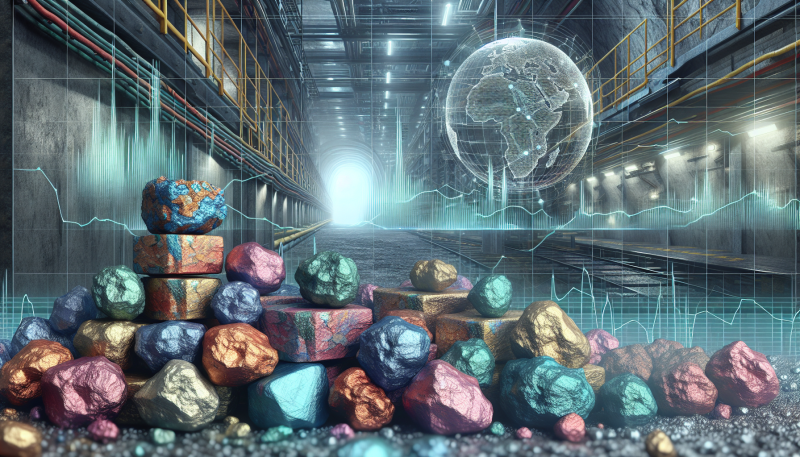What happened?
China tightened export controls on rare earth magnets, adding more elements to the list and requiring approval for products with more than 0.1% Chinese-sourced rare earths. The move came after President Trump threatened 100% tariffs on Chinese goods, and China’s exports of rare earths fell about 31% in September. The announcement sparked sharp market turmoil, triggering massive crypto liquidations and big swings in stocks, commodities and safe-haven assets.
Who does this affect?
The rules hit industries that rely on rare earths like electric vehicle and wind-turbine makers, chip and GPU manufacturers, defense contractors, and automakers facing potential component shortages. Crypto miners and hardware makers could see higher costs and constrained supplies for GPUs and ASICs, while leveraged crypto traders were directly hit by forced liquidations. Global supply chains and investors across tech, commodities and currency markets also felt the shock as uncertainty spiked.
Why does this matter?
It raises the risk of higher production costs and supply-chain disruption for strategic industries, which can slow EV and renewable deployment and squeeze tech margins. Markets reacted by shifting into safe havens and selling risk assets—tech stocks fell, gold surged, and crypto markets saw billions wiped out—showing heightened volatility and contagion across asset classes. If tensions escalate into a broader trade fight, central bank moves and investor sentiment could amplify losses and force longer-term re-routing of supply chains and investment flows.
